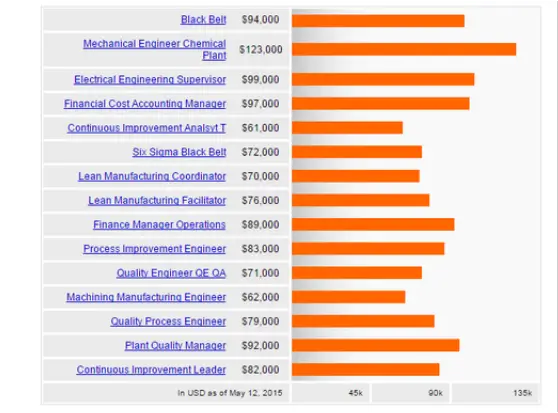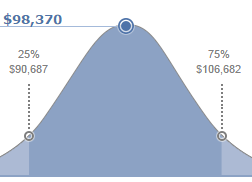What is 6 Sigma?
If you have heard of such modern management buzzwords as process excellence, quality improvement, streamlining, you would also likely hear about 6 sigma. So what is 6 sigma? It is a quality improvement methodology which originated at Motorola in 1980s and due to its benefits for organizational effectiveness and profitability spread among a large number of companies. This methodology relies on the application of various visual analytical tools (e.g. Control Charts, Fishbone diagram, Pareto Chart, Failure Mode Effects Analysis) and statistics to identify deficient processes, define root causes and improve and control these processes.
The whole approach revolves around the goal to reduce variation in processes which cause deficiencies. For example, let’s take a mortgage lender whose goal is to close loans within 30 days. There would be a natural variation in the loan closure timelines. In other words some loans would be closed in 25 days, others in 28, 32, or even in 45. The more variation there is in closure timeliness in excess of 30 days, the less customers will be happy. Nobody would like to wait 35 or 42 days when a bank promises 30. This can effectively lead to a decline of the lending business. A 6 sigma project would focus on reducing loan closure timeline variation. Specifically, the goal of such project would be significantly decreasing instances when the bank exceeds promised 30 days while closing mortgage loans.
The whole approach revolves around the goal to reduce variation in processes which cause deficiencies. For example, let’s take a mortgage lender whose goal is to close loans within 30 days. There would be a natural variation in the loan closure timelines. In other words some loans would be closed in 25 days, others in 28, 32, or even in 45. The more variation there is in closure timeliness in excess of 30 days, the less customers will be happy. Nobody would like to wait 35 or 42 days when a bank promises 30. This can effectively lead to a decline of the lending business. A 6 sigma project would focus on reducing loan closure timeline variation. Specifically, the goal of such project would be significantly decreasing instances when the bank exceeds promised 30 days while closing mortgage loans.
Now you might ask how about the name? What is 6 sigma? If you may recall from your STAT 101, sigma is the same thing as standard deviation which is a measure of dispersion of data distribution. 6 is the number of deviations on the left and the right of the mean which comprises 99.9999998% of data. For the bank to achieve 6 sigma quality in its loan closure timeliness, it would mean that 99.9999998% of the time the bank would not exceed promised 30 days. Therefore, 6 sigma is not just a quality improvement methodology, but also a very high quality standard. Achieving this standard brings excellence and excellence leads to profitability and increased effectiveness.
|
Read more:
How Much It Costs to Take Six Sigma Certification Exam About Six Sigma Certification Why Six Sigma Certification History of Six Sigma Lean Six Sigma Belt Roles and Responsibilities Below is an inforgraphic from Villanova University which has good visual explanation of what lean six sigma is. |
|




 RSS Feed
RSS Feed